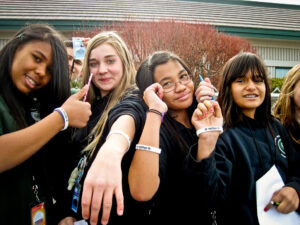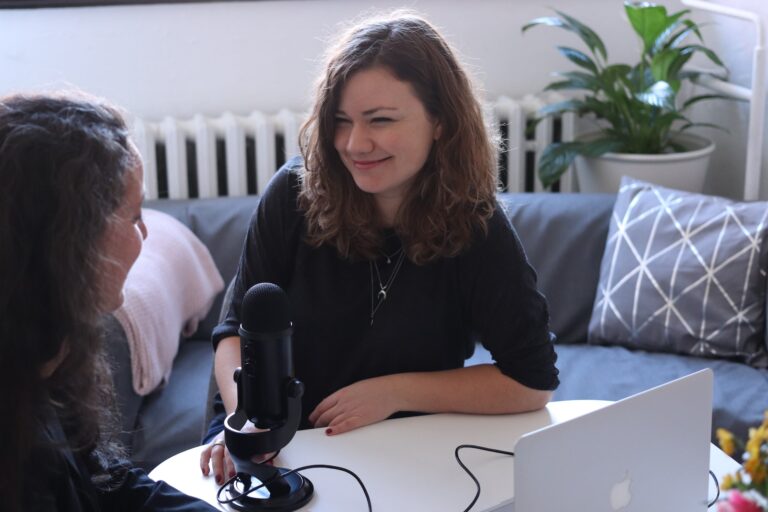How to Encourage Diversity and Inclusion in Creative Writing Classes
Hey there! Today, we’re exploring an incredibly important topic: diversity and inclusion in creative writing classes. Let’s chat about why it matters, and, more importantly, how we can all work towards fostering an environment where everyone feels seen, heard, and validated.

Why We Can’t Ignore Diversity in Creative Writing Classes
First up, why are we talking about diversity in creative writing classes? Simple. Creative writing is all about expressing one’s unique perspectives, ideas, and experiences. When we ensure our classrooms are diverse and inclusive, we’re enriching that tapestry of perspectives. Plus, it’s about fairness, right? Everyone should have a voice in the literary world, and that starts in the classroom.
Starting with Understanding: The Role of Empathy in Encouraging Diversity
If we want to encourage diversity and inclusion, empathy is a must. The more we understand and value each other’s experiences, the more inclusive our classrooms become. Teachers, for instance, could incorporate texts from different cultures, time periods, and identities. It opens up discussions, fosters understanding, and most importantly, makes sure everyone feels their story matters.

Opening up the Floor: Encouraging Diverse Voices in Class Discussions
Class discussions are powerful tools to promote diversity. It’s the chance for everyone to share their ideas and responses. However, we need to ensure these discussions are truly inclusive. Consider ground rules that encourage respect and openness. It might be as simple as giving each person a chance to speak or encouraging quiet students to share their thoughts.
Let’s Get Personal: The Power of Personal Narratives in Promoting Inclusion
Personal narratives are potent. They allow students to delve into their personal experiences and share them in a safe environment. It not only encourages students to appreciate the diversity of experiences within the class but also nurtures a sense of belonging and inclusion. Ultimately, personal narratives can be the most powerful type of creative writing for your students.

Beyond the Classroom: Field Trips and Guest Speakers
Who said classrooms should be limited by four walls? Although many school districts are cracking down on them, field trips to cultural institutions or inviting guest speakers from diverse backgrounds are fantastic ways to expose students to a variety of experiences and perspectives.
Diversity and Inclusion in the Curriculum: Broadening Horizons
When crafting the curriculum, consider how diverse authors and topics are represented. It not only encourages students to explore a range of ideas but also gives them a broader understanding of the world and its stories.
Creating Safe Spaces: The Importance of Classroom Environment
Last, but certainly not least, is creating a safe and welcoming classroom environment. From the physical space to the classroom culture, every aspect should promote respect, openness, and appreciation for diversity.


Final Thoughts
So, that’s all we’ve got for today! Remember, fostering diversity and inclusion in creative writing classes is more than a strategy—it’s a commitment. It takes effort, understanding, and most importantly, a genuine desire to see everyone’s story heard and valued.






